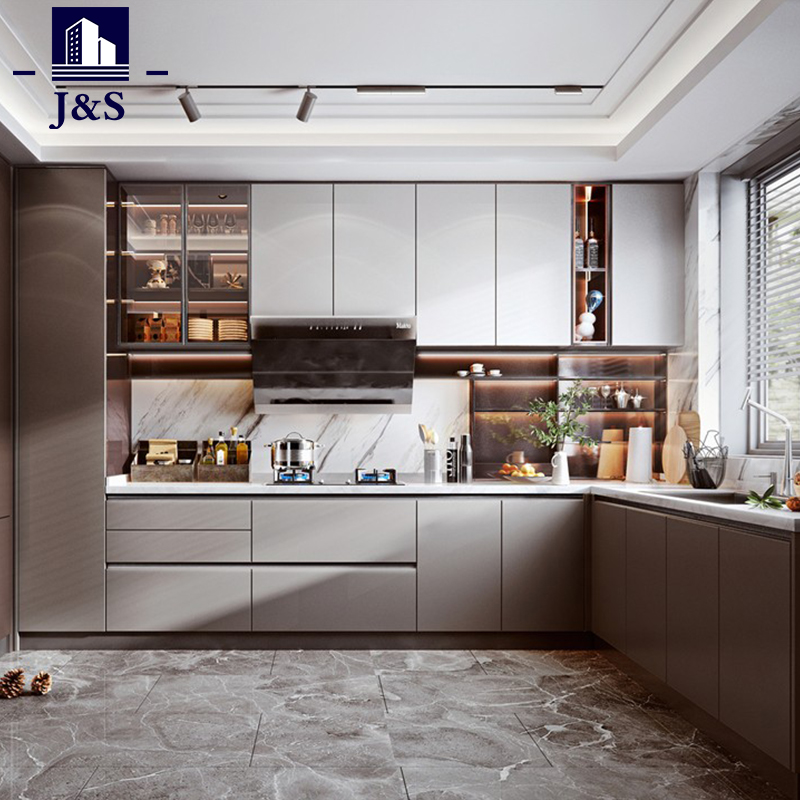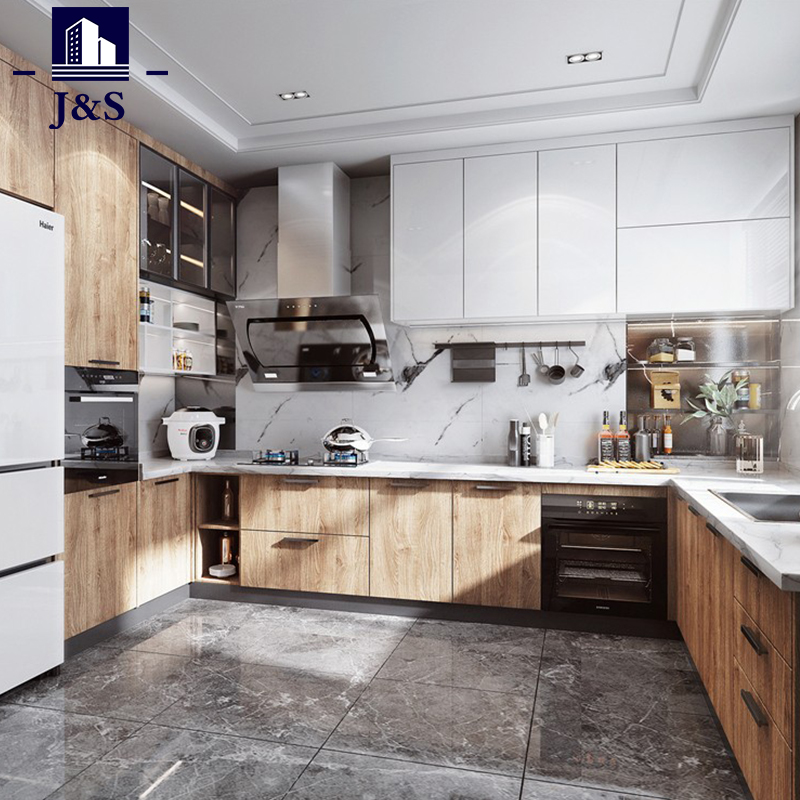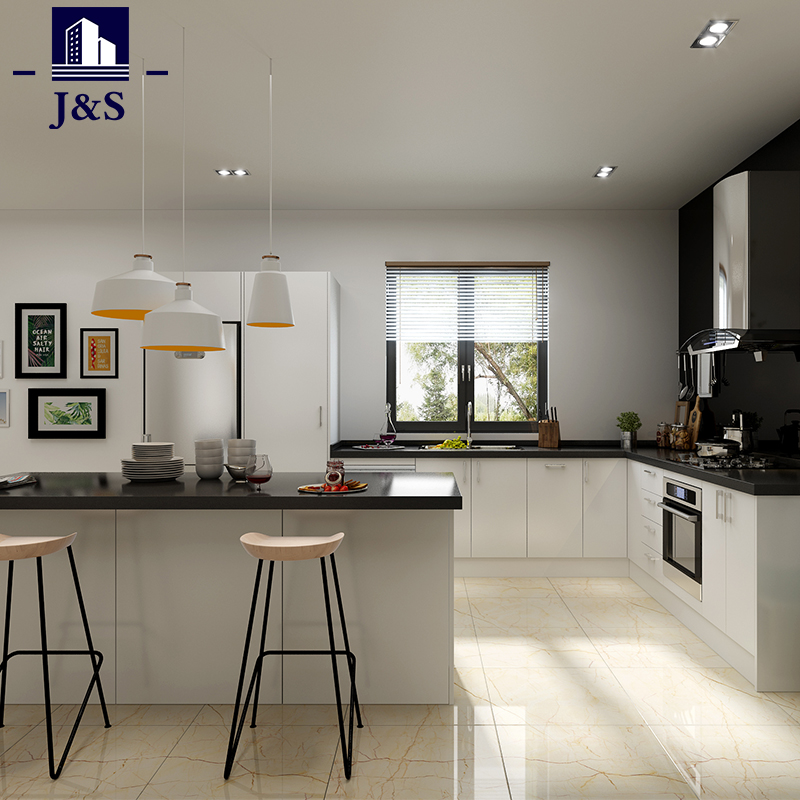Analyze and understand the lithology and physical characteristics of the stone itself
The object of care is a variety of stones, each of which has its own rock and mineral characteristics, chemical and physical characteristics. The rock properties of stone are nothing more than igneous rocks, sedimentary rocks and metamorphic rocks. According to the characteristics of chemical composition, it is divided into two categories: carbonate and silicate.
Silicate rocks such as granite, diabase (gabbro), syenite, hornstone, etc., carbonate rocks such as marble, limestone, travertine, etc. Understanding the rock properties of the stone can master the mineral composition and chemical composition of the rock, so as to determine the resistance of this type of stone to chemical weathering and the prone diseases. Grasping the structure and physical properties of the rock can determine the resistance of the stone to physical weathering, thus guiding the correct application of the stone.

Analyze the phenomenon and formation mechanism of various diseases
The chemical pollution in the application of modern stone mainly manifests as water spots, rust spots, efflorescence, discoloration, and organic pollution.
The reason for the occurrence of water spots is very complicated. It is generally believed that the water absorption rate of stone is high, and the stone protection is not well done.
The appearance of rust spots is actually the result of oxidation of the iron in the rock. Iron in rocks generally exists as divalent iron, but divalent iron is unstable and reacts with oxygen in the air to become trivalent iron and form ferric oxide.
The discoloration of the stone mainly occurs on the types of stone with poor chemical stability. During the installation process, the stone wall gradually turns yellow from top to bottom. As time goes by, the entire wall becomes completely yellow. Travertine itself has poor chemical stability. Carbon dioxide, sulfur dioxide, and nitrogen oxides in the air will all react with calcium oxide in travertine. In particular, the sulfide generated must be white and yellowish. In addition, the paint and the adhesive during the construction process contain a large amount of volatile components, and these volatile components will also react with the stone, which will have an impact on this type of stone with poor chemical stability.
The phenomenon of efflorescence appears more after the stone is installed with wet paste. In fact, most of the source of alkaline substances comes from the bonding material. If the dry hanging construction process is used, efflorescence will not occur. Similarly, the dry hanging process will not cause water spots.

Prevention and treatment of several common stone diseases
1. Rust spots
The key to preventing rust spots is to carry out effective surface treatment after the stone is processed to prevent iron-containing minerals from oozing out of the surface after oxidation. Oil-based protective agents are generally used.
The treatment of rust spots is mainly a rust remover, but because most of the rust remover is acidic, the stone that is not acid resistant, such as marble and dolomite, should be tested before use, and water should be added if necessary.
2. Water spots and wet marks
The prevention of water spots is mainly to inject resin to make the stone waterproof, so as to prevent the water in the air from contacting the internal substances of the stone or cement and reduce its chemical reaction conditions.
The treatment of water spots is mainly to use penetrating dyes to change the color of the original stone. "Wet marks are not dry" can be regarded as a major problem in stone maintenance in the world.
3. Baihua phenomenon, commonly known as tears
The prevention of white blooming phenomenon is mainly to use penetrating protective agent to protect the stone from six sides after the stone is processed.
To deal with the phenomenon of bleaching, it is mainly to rinse the cleaned stone surface with water until it reaches neutrality, and then cure the stone surface and joints after drying in the shade.
Rust remover and stain remover should use high oxygen, mild formula, remove rust stains, tea stains, rope stains, macular stains and metal oxides on the stone, and must not harm the stone.

After a period of use in high-end hotels, the stone will darken on the stone. Due to the busy business of hotels and high-end restaurants, it is not allowed to take too much time for stone care, so you can use Dubis 2000#3000# hardener to deal with.Dubis2000#3000# The brightening hardener is applied to form a hard surface, thus increasing the hardness of the stone. At the same time, it increases the gloss of the stone, which can be used for pedestrians after about 1 hour, and can drive after 24 hours of drying. The effect is better after the second application, but do not apply too thick the first time. After the large area is completed, clean it with clean water and dry it, and then the bright crystal surface will appear.
If the stone is seriously damaged, the surface gloss will disappear. If you encounter such a situation, you need to use Dubex polishing powder + F66 true polisher for polishing. The polishing powder contains fine particles of oxidizer such as alumina or tin oxide, and its main component contains surface oxidation actives and does not contain acid. Manual polishing is suitable for small areas of the bathroom and kitchen of hotel buildings, while machine polishing is used for large areas with matt surfaces. The specific methods are as follows
1 "Ensure that the surface is dry and has not been protected by a protective agent. If necessary, use a neutral cleaning agent to clean the surface to make the stone surface clean and dry, and prepare for the next step of polishing. 2" Use a medicine spoon to withdraw the polishing agent liquid to the stone surface, and then sprinkle the same amount of polishing powder on each square foot (0.093 square meter) of the stone surface with half a spoon of polishing powder and polishing agent liquid. 3》Use a 100---140 pound ground grinder or manual grinder (1500---2500 rpm) with white nylon pad and wool pad to polish, and polish on the ground to be treated. Polish 6-8 square feet (0.56--0.74 square meters) at a time until the brightness is restored.
(Click on the link below to know more↓↓↓)
flat pack kitchens gold coast
diy flat pack kitchen cabinets
flat pack kitchen planner
flat pack outdoor kitchens
cheap kitchen cabinets melbourne


